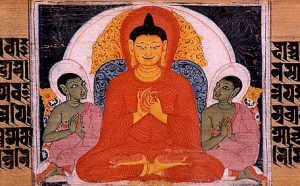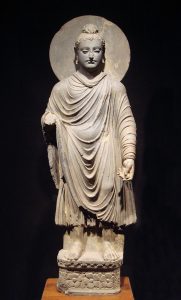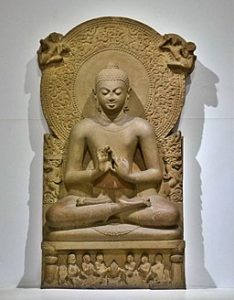17 Teachings from Siddhartha Gautama, the Buddha
Teachings from Buddhism
“A few years ago, journalist Pankaj Mishra pursued the social relevance of the Buddha’s thought across India and Europe, Afghanistan and America. He emerged with a startling critique of Western political economy that is even more resonant today as he pursued the social relevance of the Buddha’s core questions: Do desiring and acquiring make us happy? Does large-scale political change really address human suffering?”
These are the questions addressed in this interview with Pankaj Mishra[1] in
 Quote from the Pali Canon :
Quote from the Pali Canon :
- The non-doing of any evil, the performance of what’s skillful, the cleansing of one’s own mind: This is the teaching of the Awakened.
Four Noble Truths 
- Life is suffering
- The cause of suffering is attachment and craving
- The end of suffering is possible
- The path to the end of suffering is to follow the Eightfold Path
In order to eliminate suffering from one’s life, and to achieve nirvana, one should use the teachings of the Eightfold Path. If one walks through these steps, one will cease craving, cease attachment, and find oneself able to move toward bliss. Following are the eight things that one must work through in order to move in that direction.
A simple introduction to this is found in:
The Eightfold Path from Princeton University.
The Noble Eightfold Path 
- Right Understanding
- Right Resolve
- Right Speech
- Right Conduct
- Right Livelihood
- Right Effort
- Right Mindfulness
- Right Concentration
- Indian journalist and author of several books, including An End to Suffering: The Buddha in the World. He is also a regular contributor to the New York Times and the British newspaper The Guardian. ↵



